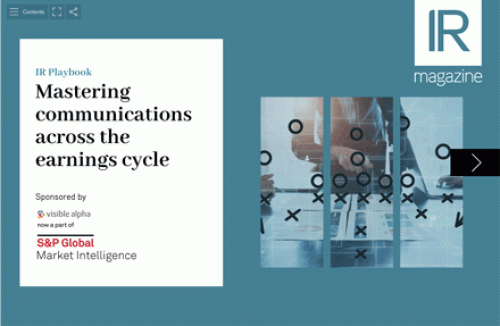With increasing stakeholder pressure and ESG regulation focused on supply-chain management, research shows that 90 percent of FTSE 100 firms will work only with suppliers that share their ESG credentials.
A further 3 percent plan to put such a requirement in place this year, according to OneStream Software.
The firm analyzed the annual reports of the UK’s biggest companies to see which already have ESG reporting requirements in place for suppliers.
Among the information required by FTSE 100 companies, suppliers are obliged to disclose various commitments to improving their ESG targets, including around human rights practices, as well as commitments to reducing carbon impact and encouraging diversity in the workplace.
‘We’ve seen a significant shift in public opinion toward ESG concerns, with shareholders, regulators and customers all exerting pressure on the UK’s largest companies to establish and deliver clear ESG commitments,’ comments Matt Rodgers, general manager of EMEA at OneStream, in a statement accompanying the findings.
‘In response, these firms are now pushing the ESG message down their supply chains by requesting evidence from suppliers of their ESG commitments as part of the tendering process.’
Increasing investor engagement
IR Magazine’s Supply Chains report, published in July 2023, backs up the findings that these issues are increasingly coming to the forefront for companies.
The research finds that two thirds of IROs have seen an increase in the frequency of their discussions with investors on supply-chain issues. Just under a quarter say these conversations are happening much more frequently.
IR Magazine also asked investors whether or not companies are doing a good job reporting on their supply chains. While the majority give an above-neutral rating of 6/10 or more, the researchers point out that this is a lower level of satisfaction than is commonly reported by investors on other IR issues.
Interestingly, buy-side respondents are notably more satisfied with company reporting on supply-chain issues than those on the sell side: almost six in 10 buy-siders give an above-neutral rating, compared with just four in 10 on the sell side.










